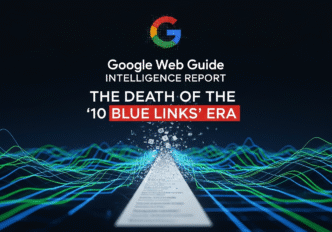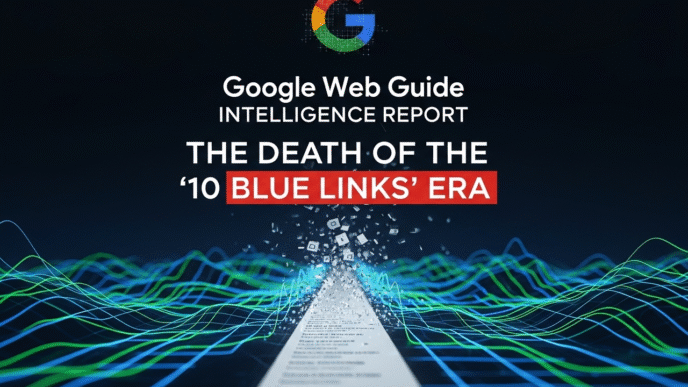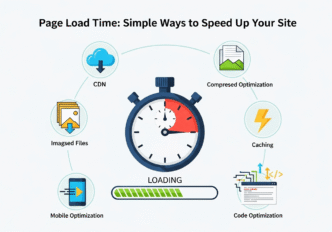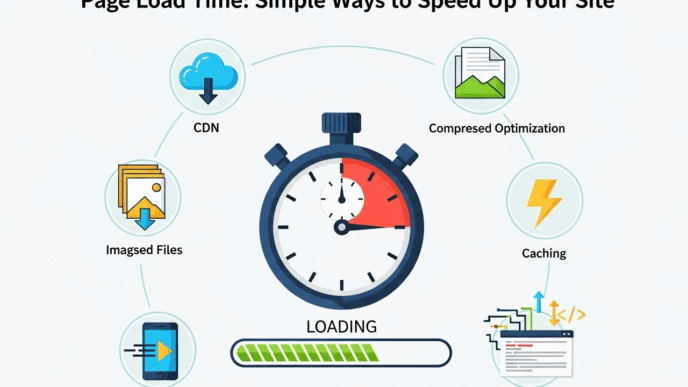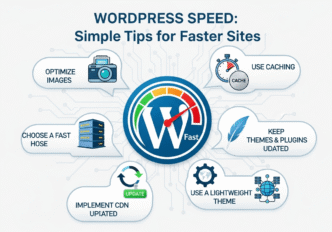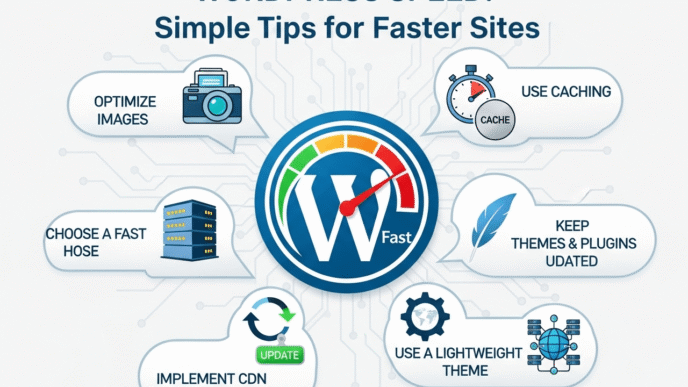Picture this: You’re sitting in front of your computer, staring at your website’s analytics dashboard, and wondering why your traffic looks flatter than a pancake at Sunday brunch. Sound familiar? Well, grab your coffee because we’re about to dive into the magical world of Semrush – your new best friend in the digital marketing universe.
Let’s be honest here. SEO tools can feel overwhelming, like trying to drink from a fire hose while blindfolded. But Semrush? It’s different. It’s like having a Swiss Army knife for search engine optimization, competitor analysis, and keyword research all rolled into one powerful platform.
What Makes Semrush Your Ultimate SEO Sidekick?
Before we jump into the nitty-gritty tactics, let’s talk about why Semrush has become the go-to SEO platform for over 10 million marketers worldwide. According to recent industry data, companies using comprehensive SEO software like Semrush see an average organic traffic increase of 68% within the first year.
Semrush isn’t just another tool in your digital marketing toolkit – it’s your strategic partner. Whether you’re doing keyword tracking, backlink analysis, or content optimization, this platform has got your back.
“Semrush has revolutionized how we approach SEO strategy. The depth of data and actionable insights have helped us increase our clients’ organic visibility by an average of 45% in just six months.” – Sarah Chen, Head of SEO at Digital Growth Agency
Why Should You Care About Mastering Semrush in 2025?
Here’s the thing about search engine optimization – it’s not getting easier. Google’s algorithms are becoming smarter, competition is fiercer, and user expectations are through the roof. You need every advantage you can get.
The latest SEO statistics paint a clear picture:
- 93% of online experiences begin with a search engine
- 75% of users never scroll past the first page of search results
- Businesses investing in SEO tools see 14.6% average conversion rates
That’s where Semrush mastery comes into play. It’s not just about having the tool – it’s about knowing how to wield it like a digital marketing ninja.
Table of Contents
Toggle01. How Can Keyword Research Transform Your Content Strategy?
Let’s start with the foundation of all great SEO campaigns – keyword research. But here’s where most people mess up: they treat keyword research like a one-time event instead of an ongoing conversation with their audience.
What’s the Secret to Finding Golden Keywords?
The Keyword Magic Tool in Semrush is pure gold. I’m talking about finding those sweet spot keywords that have decent search volume, manageable keyword difficulty, and high commercial intent.
Pro Tip: Don’t just focus on high-volume keywords. Sometimes the real treasure lies in long-tail keywords with lower competition but higher conversion rates.
Here’s my step-by-step approach:
• Start with your seed keywords (your main business topics)
• Use the Keyword Magic Tool to expand your list
• Filter by keyword difficulty (aim for 30-60 for most websites)
• Look for question-based keywords – these are conversion gold
• Check SERP features to understand search intent
Case Study: When e-commerce site “EcoHome Products” shifted their focus from broad terms like “sustainable products” (KD: 78) to specific long-tail keywords like “bamboo kitchen utensils dishwasher safe” (KD: 23), they saw a 156% increase in organic traffic within four months.
How Do You Spy on Your Competitors’ Best Keywords?
Here’s where things get interesting. Your competitors are basically doing free keyword research for you – you just need to know how to peek behind the curtain.
The Organic Research tool shows you exactly which keywords your competitors rank for. But here’s the insider secret: look for keywords where they rank on page 2. These represent opportunities where you might be able to swoop in and steal their search rankings.
“The biggest mistake I see marketers make is ignoring their competitors’ keyword gaps. We’ve helped clients capture an additional 40% of organic traffic just by targeting keywords their competitors were neglecting.” – Marcus Rodriguez, SEO Consultant at TopRank Digital
02. What’s the Real Deal with Competitor Analysis?
Competitive intelligence isn’t about stalking your rivals (though it might feel like it sometimes). It’s about understanding the SEO landscape and finding opportunities others have missed.
How Can You Uncover Your Competitors’ Traffic Sources?
The Traffic Analytics feature is like having X-ray vision for your competitors’ websites. You can see their traffic sources, audience behavior, and even their paid advertising strategies.
Here’s what to look for:
• Top-performing pages and content types
• Traffic trends and seasonal patterns
• Referral traffic sources and link building opportunities
• Paid search strategies and ad copy ideas
Real-World Example: Digital agency “Growth Hackers Inc.” discovered that their main competitor was getting 35% of their traffic from a specific industry forum. They started engaging in that community and saw their referral traffic increase by 240% in three months.
Which Backlink Opportunities Are You Missing?
The Backlink Gap tool is pure magic. It shows you websites that link to your competitors but not to you. It’s like finding a list of people who are already interested in your type of content but just haven’t discovered you yet.
Action Steps:
• Identify your top 3-5 competitors
• Run a backlink gap analysis
• Prioritize high-authority sites with relevant content
• Craft personalized outreach campaigns
• Track your link building success
03. How Do You Track Rankings Like a Pro?
Position tracking isn’t just about watching numbers go up and down (though that part is pretty satisfying). It’s about understanding the story behind those movements and making data-driven decisions.
What Ranking Metrics Actually Matter?
The Position Tracking tool gives you a treasure trove of data, but here are the metrics that actually move the needle:
• Visibility percentage (more important than individual keyword rankings)
• SERP features presence (featured snippets, local packs, etc.)
• Mobile vs. desktop performance differences
• Local search rankings for geo-targeted businesses
Statistical Insight: According to Semrush’s own data, websites that track their keyword positions daily are 73% more likely to maintain first-page rankings compared to those who check monthly.
How Can You Predict Ranking Changes Before They Happen?
Here’s where the Sensor tool becomes your crystal ball. It tracks SERP volatility across different industries, helping you understand when Google is making significant algorithm changes.
Pro Tip: If you see high volatility in your industry and your rankings suddenly drop, don’t panic. Wait 48-72 hours before making major changes – sometimes rankings stabilize on their own.
04. What’s the Secret to Content That Actually Ranks?
Content creation without SEO strategy is like baking a cake without a recipe – you might get lucky, but probably not. The Content Audit and SEO Writing Assistant tools help you create content that both users and search engines love.
How Do You Optimize Content for Search Intent?
Understanding search intent is crucial. The Keyword Overview tool shows you the SERP landscape for any keyword, helping you understand what type of content Google wants to rank.
The Four Types of Search Intent:
• Informational (how-to guides, tutorials)
• Navigational (brand searches, specific pages)
• Commercial (product comparisons, reviews)
• Transactional (buying keywords, pricing)
Case Study Success: “TechReview Hub” analyzed the search intent for “best laptops 2024” and discovered that top-ranking pages included specific price ranges and user categories. They restructured their content accordingly and jumped from page 3 to position 4 within six weeks.
What Makes Content Optimization Actually Work?
The SEO Writing Assistant is like having a personal content optimization coach. It analyzes your content in real-time and suggests improvements for:
• Keyword density and semantic keywords
• Content length and readability
• Meta descriptions and title tags
• Internal linking opportunities
05. How Can Technical SEO Boost Your Performance?
Technical SEO might sound scary, but Semrush makes it accessible even for non-technical marketers. The Site Audit tool is your website’s health check-up.
Which Technical Issues Kill Your Rankings?
The Site Audit prioritizes issues by impact, so you know what to fix first. Here are the most critical problems to address:
• Page speed issues (especially for Core Web Vitals)
• Mobile responsiveness problems
• Crawlability issues and broken links
• Duplicate content and meta tag problems
Statistics Alert: Google data shows that pages loading in 1-3 seconds have a 32% lower bounce rate than those taking 1-5 seconds. Every second counts!
How Do You Fix Technical Issues Without Breaking Things?
Pro Tip: Don’t try to fix everything at once. Prioritize based on:
- High-impact, easy-to-fix issues first
- Core Web Vitals optimization
- Mobile usability problems
- Security and HTTPS implementation
“The biggest ROI in technical SEO comes from fixing the basics first. We’ve seen 25-40% traffic increases just from addressing page speed and mobile issues identified through Semrush’s Site Audit.” – Jennifer Park, Technical SEO Specialist
06. What’s Your Link Building Strategy Missing?
Link building remains one of Google’s top ranking factors, but it’s evolved far beyond the “spray and pray” approach of yesteryear.
How Do You Build High-Quality Backlinks?
The Link Building Tool helps you find and manage link prospects systematically. Here’s the modern approach:
• Focus on relevance over domain authority
• Build relationships before asking for links
• Create linkable assets (tools, studies, guides)
• Track your link building campaigns
Success Story: SaaS company “ProductFlow” used Semrush’s Link Building Tool to identify 50 relevant industry blogs. Their guest posting campaign resulted in 23 high-quality backlinks and a 67% increase in organic traffic over eight months.
Which Link Building Tactics Work in 2025?
The link building landscape has matured. Here’s what works now:
• Digital PR and newsworthy content
• Resource page link building
• Broken link building at scale
• HARO (Help a Reporter Out) participation
• Industry partnerships and collaborations
07. How Do You Leverage PPC Intelligence for SEO Success?
Smart marketers know that paid search data can supercharge your organic strategy. Semrush’s Advertising Research tools provide goldmine insights for your SEO campaigns.
What Can Competitor Ad Data Teach You About SEO?
The Advertising Research tool reveals which keywords competitors are willing to pay for – a strong signal of commercial value. High-converting PPC keywords often make excellent SEO targets.
Strategic Approach:
• Analyze competitor ad copy for messaging insights
• Identify high-value keywords from PPC campaigns
• Study landing page strategies for content ideas
• Track seasonal advertising patterns for content planning
Pro Insight: Keywords with high cost-per-click in paid search often have strong commercial intent and conversion potential for organic traffic.
08. How Do You Master Local SEO with Semrush?
Local SEO is crucial for businesses serving specific geographic areas. Semrush’s local SEO tools help you dominate local search results and Google My Business listings.
What Local Ranking Factors Matter Most?
The Local SEO toolkit focuses on the elements that impact local visibility:
• Google My Business optimization and management
• Local citation consistency across directories
• Review management and reputation monitoring
• Local keyword tracking by city and region
Local Success Tip: Monitor your local competitors and identify gaps in their local SEO strategies – these represent immediate opportunities for local market share.
09. How Do You Measure Real ROI from SEO?
Here’s where the rubber meets the road. All the keyword rankings in the world don’t matter if they’re not driving business results.
What Metrics Actually Impact Your Bottom Line?
Connect Semrush with Google Analytics to track:
• Organic conversion rates by keyword • Revenue attribution from organic traffic • Customer lifetime value from SEO leads • Cost per acquisition compared to paid advertising
ROI Reality Check: Companies using comprehensive SEO analytics report an average return on investment of $22 for every $1 spent on SEO, according to recent industry surveys.
How Do You Set Up Proper SEO Reporting?
Create custom dashboards that tell your SEO story:
• Traffic growth trends over time
• Keyword ranking improvements
• Conversion metrics and business impact
• Competitive positioning changes
Pro Tip: Schedule automated reports for stakeholders who don’t live and breathe SEO. Make the data digestible and focus on business impact, not vanity metrics.
10. What’s Next for Your Semrush Mastery Journey?
Mastering Semrush isn’t a destination – it’s a journey. The platform constantly evolves, adding new features and capabilities. Stay ahead by:
• Joining the Semrush Academy for free training
• Following SEO industry updates and algorithm changes
• Experimenting with new features as they’re released
• Building a systematic approach to data analysis
Final Thought: Remember, tools don’t create success – strategies do. Semrush gives you the data and insights, but your marketing expertise and strategic thinking turn that information into business growth.
The most successful digital marketers I know treat Semrush like a Swiss Army knife – they know exactly which tool to use for each situation. Start with these 10 essential tips, master them one by one, and watch your organic traffic, search rankings, and ROI soar.
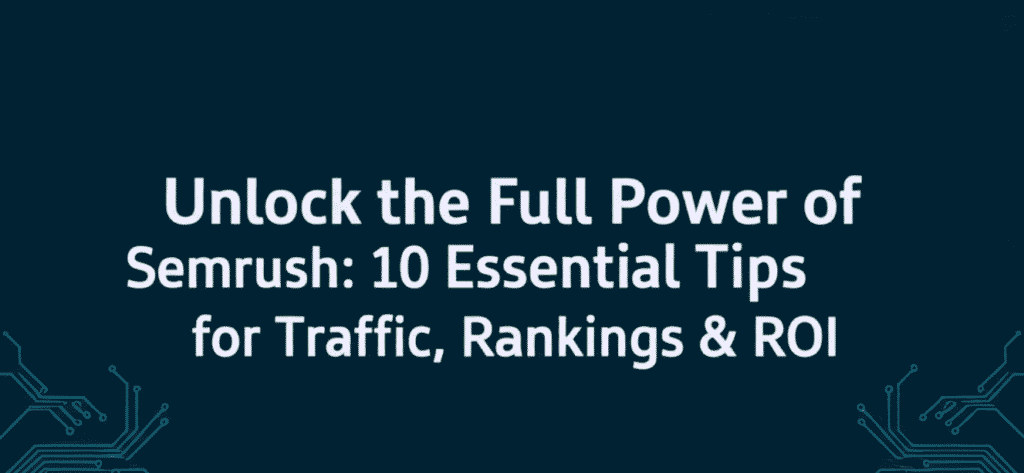
Semrush Mastery Guide
Your comprehensive visual roadmap to SEO success with professional insights
Why Semrush is Your Ultimate SEO Weapon
Semrush has become the go-to platform for over 7 million marketers worldwide. With its comprehensive suite of 40+ tools, it's not just software – it's your strategic partner in dominating search results and outperforming competitors.
The Complete Semrush SEO Workflow - 10 Essential Steps
Follow this proven 10-step methodology to maximize your SEO results and achieve sustainable organic growth with comprehensive Semrush mastery.
Proven Results You Can Expect
Based on industry data and case studies, here's what successful Semrush users typically achieve within the first year.
Your trusted source for professional SEO insights and strategies





